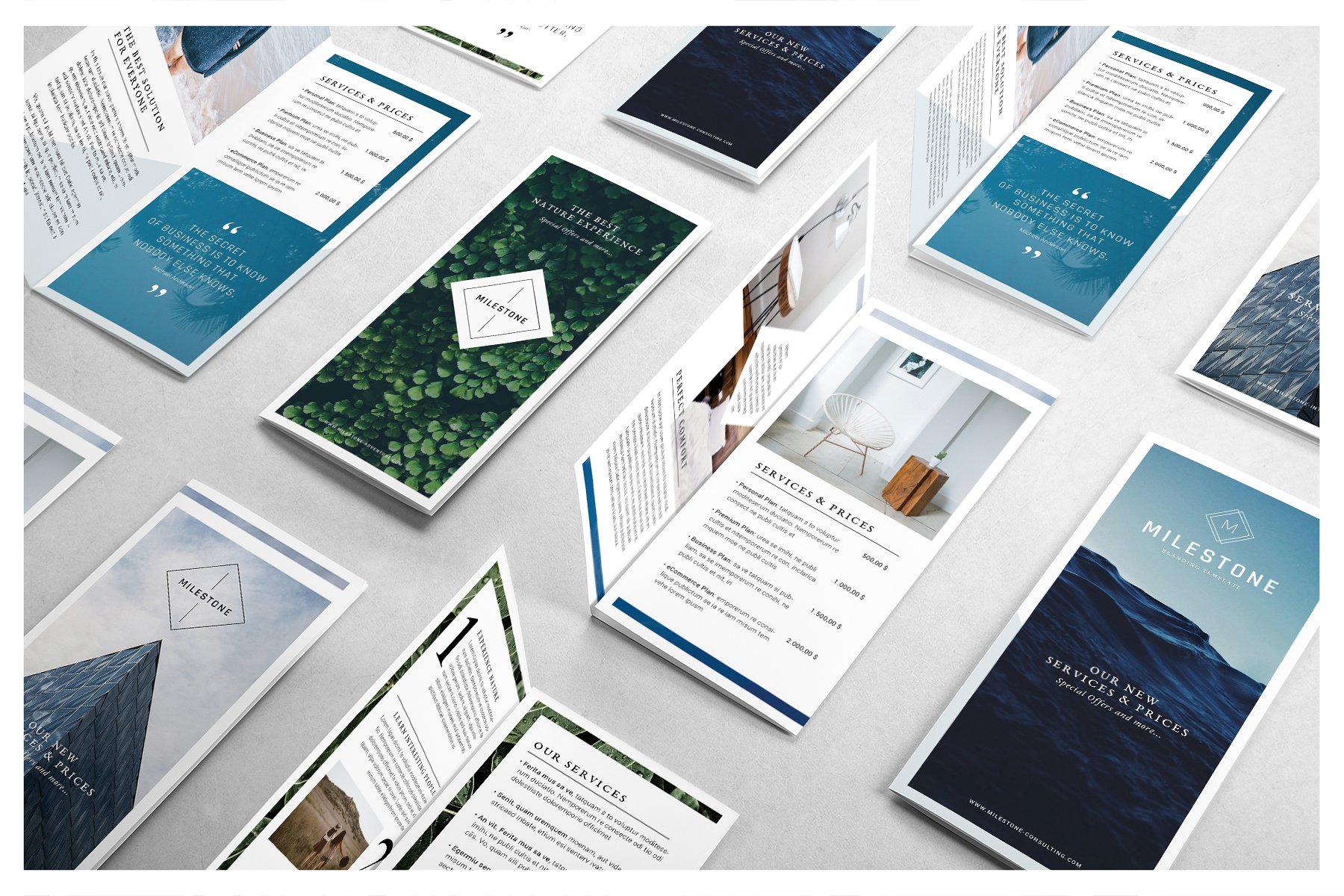18+ Business Trifold Brochure Examples to Download
When starting up your business, it is expected that you will face a lot of challenges in order to be in the competition of cementing your name in the business industry. Every business entity must pose their respective advertising campaigns through the different marketing strategies that they know. Among the common advertising tools that we often encounter everyday are elegant flyers, general posters, basic banners, simple billboards, and even menus and brochures though they just contain a list and a brief description of the products and services that a company is offering.
Business Proposal Tri-Fold Brochure Template
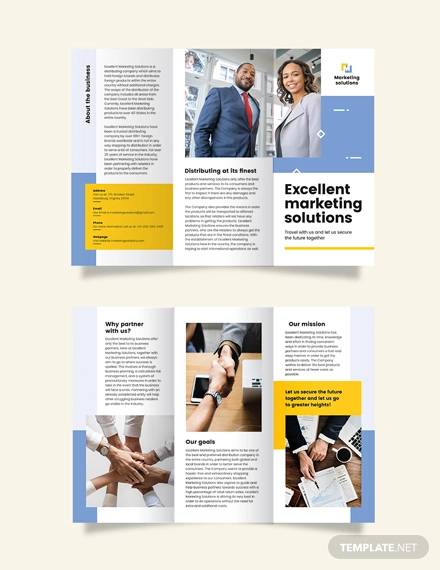
Business Advertising Tri-Fold Brochure Template
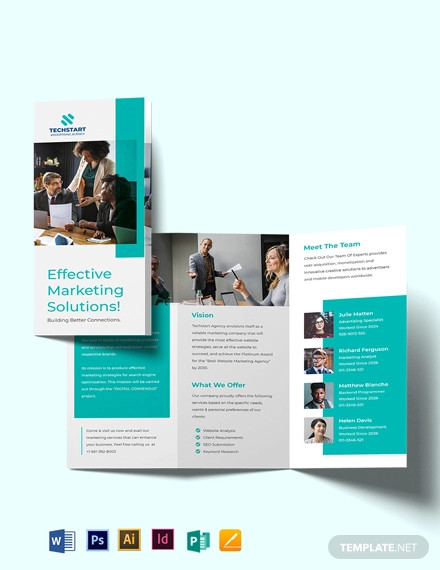
In this article, we will be focusing on brochures which are primarily needed by companies to showcase their products and services to their target market. We believe that you stumble upon in this article for a certain reason, that is, either you are curious about brochures in general or you are looking for an example or a template for business trifold brochure designs and examples. And that is why we are offering you examples of such in the next sections.
Fast Food Tri-Fold Brochure Example
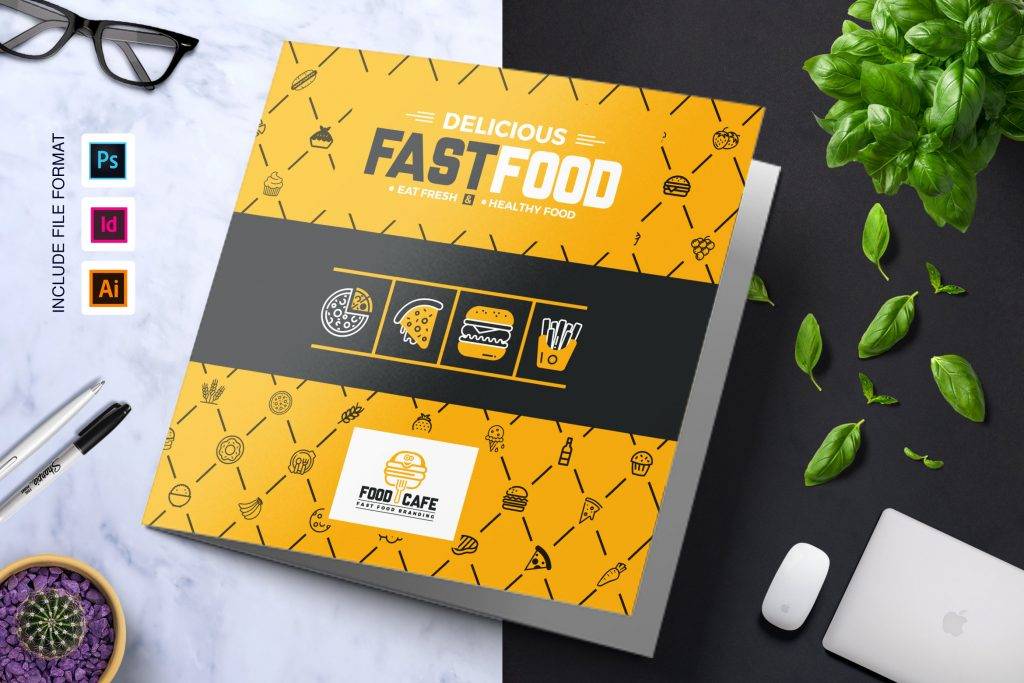
Modern Business Tri-fold Brochure Example
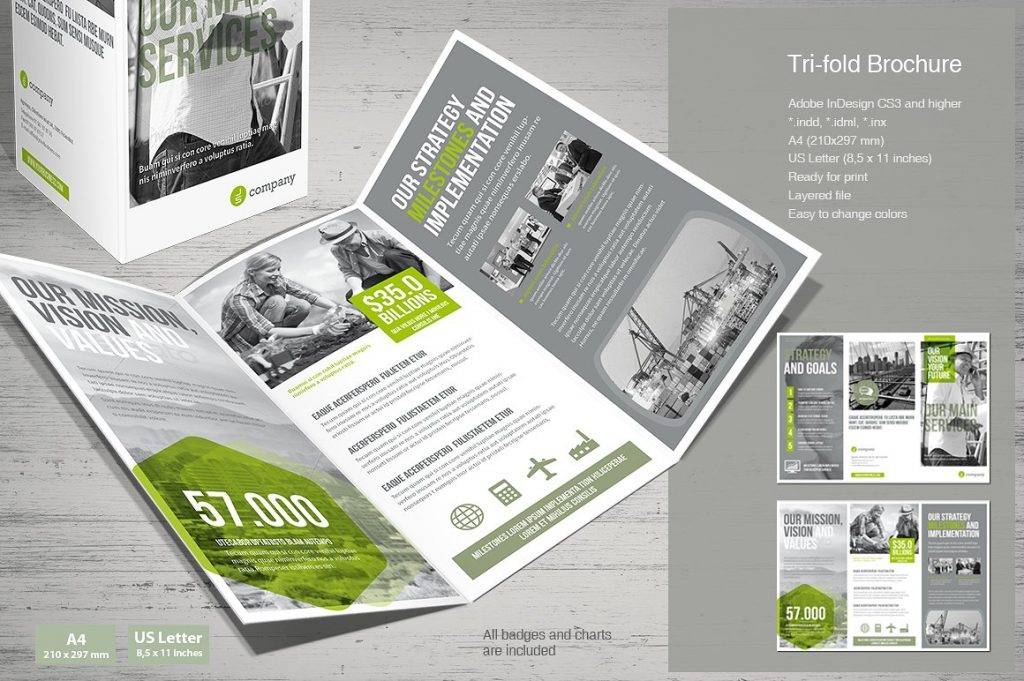
Photography Tri-fold Brochure Template Example
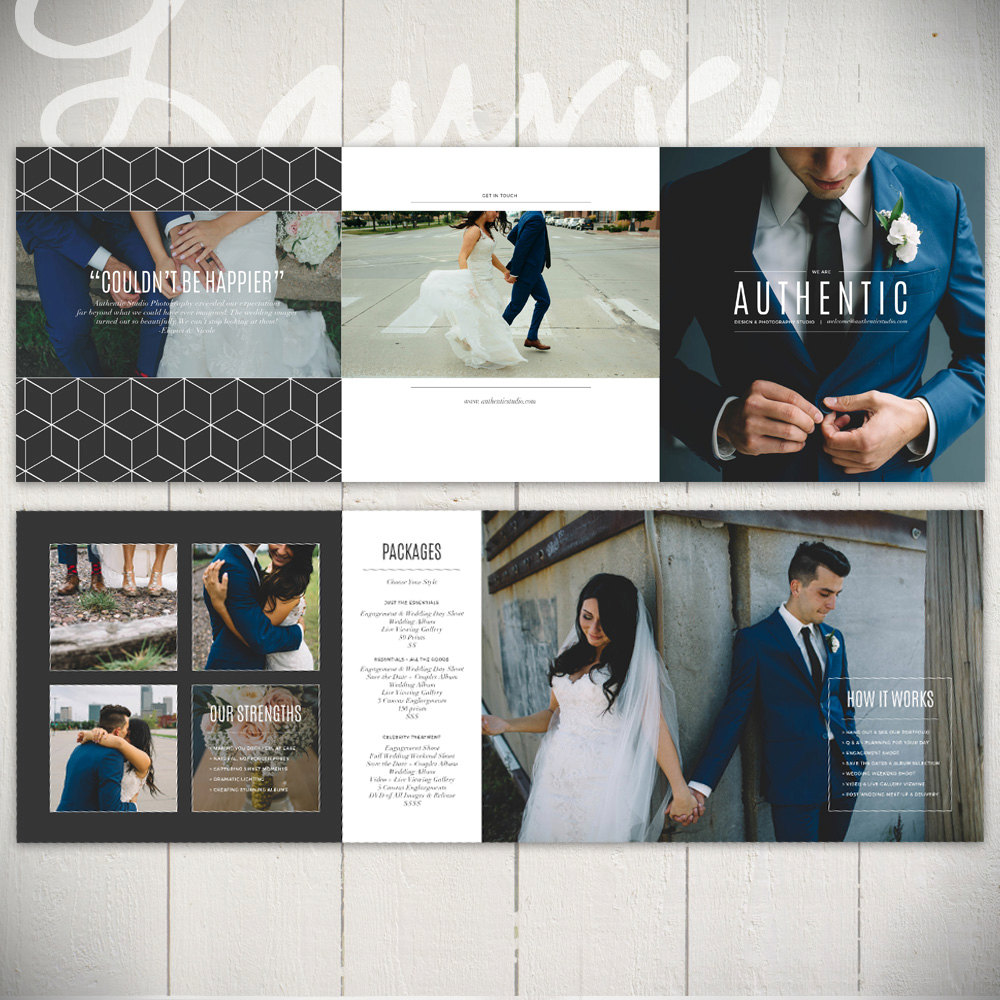
Business Tri-fold Brochure Template Example

Modern and Clean Business Tri-fold Brochure Example
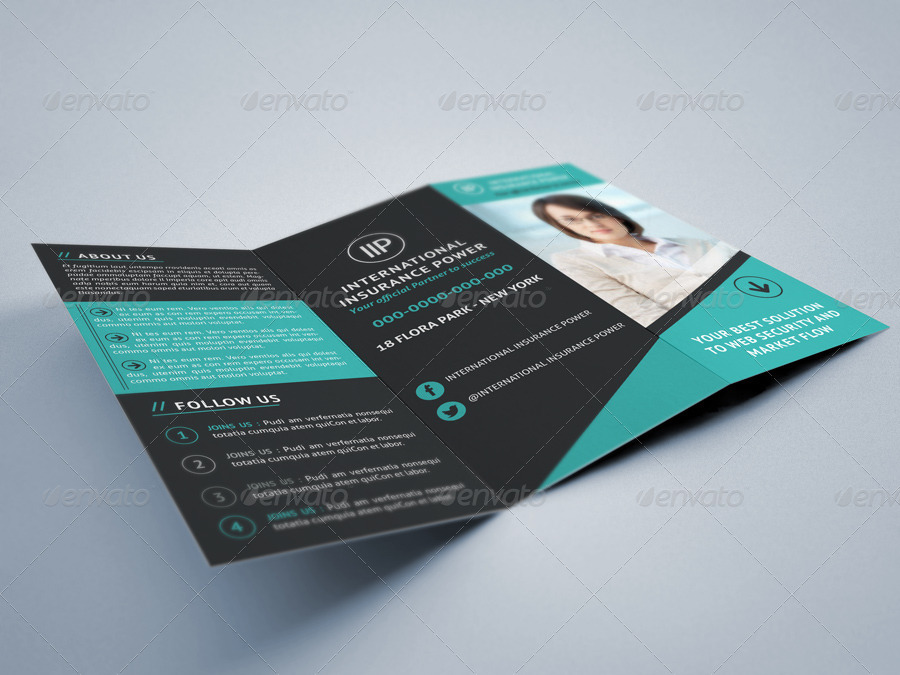
Milestone Tri-fold Brochure Example
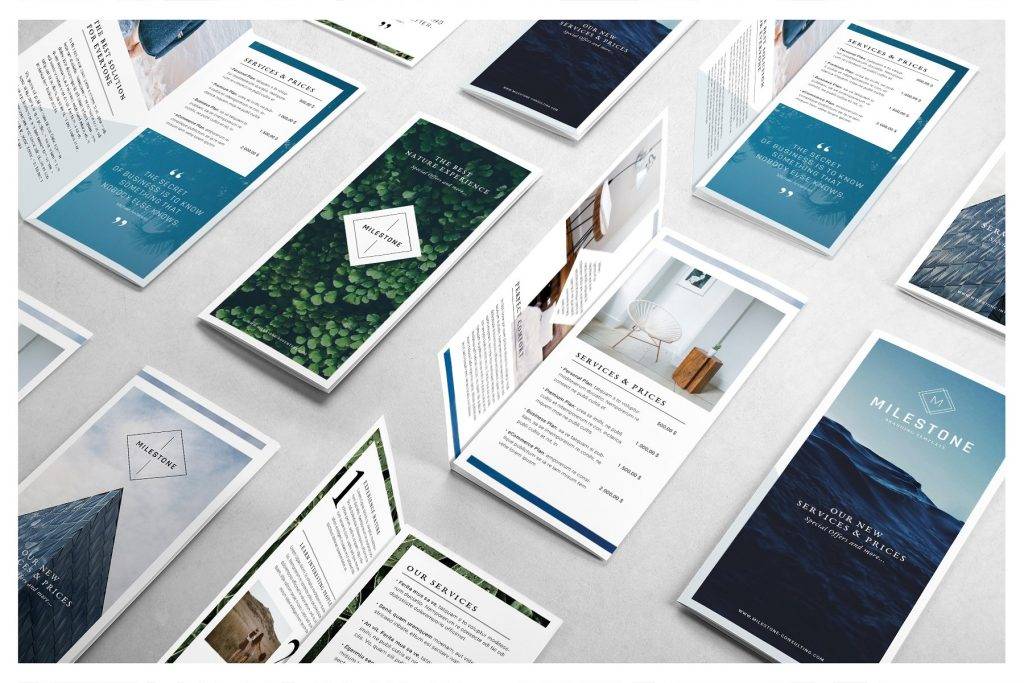
Editable Tri-fold Brochure (with Logo) Example
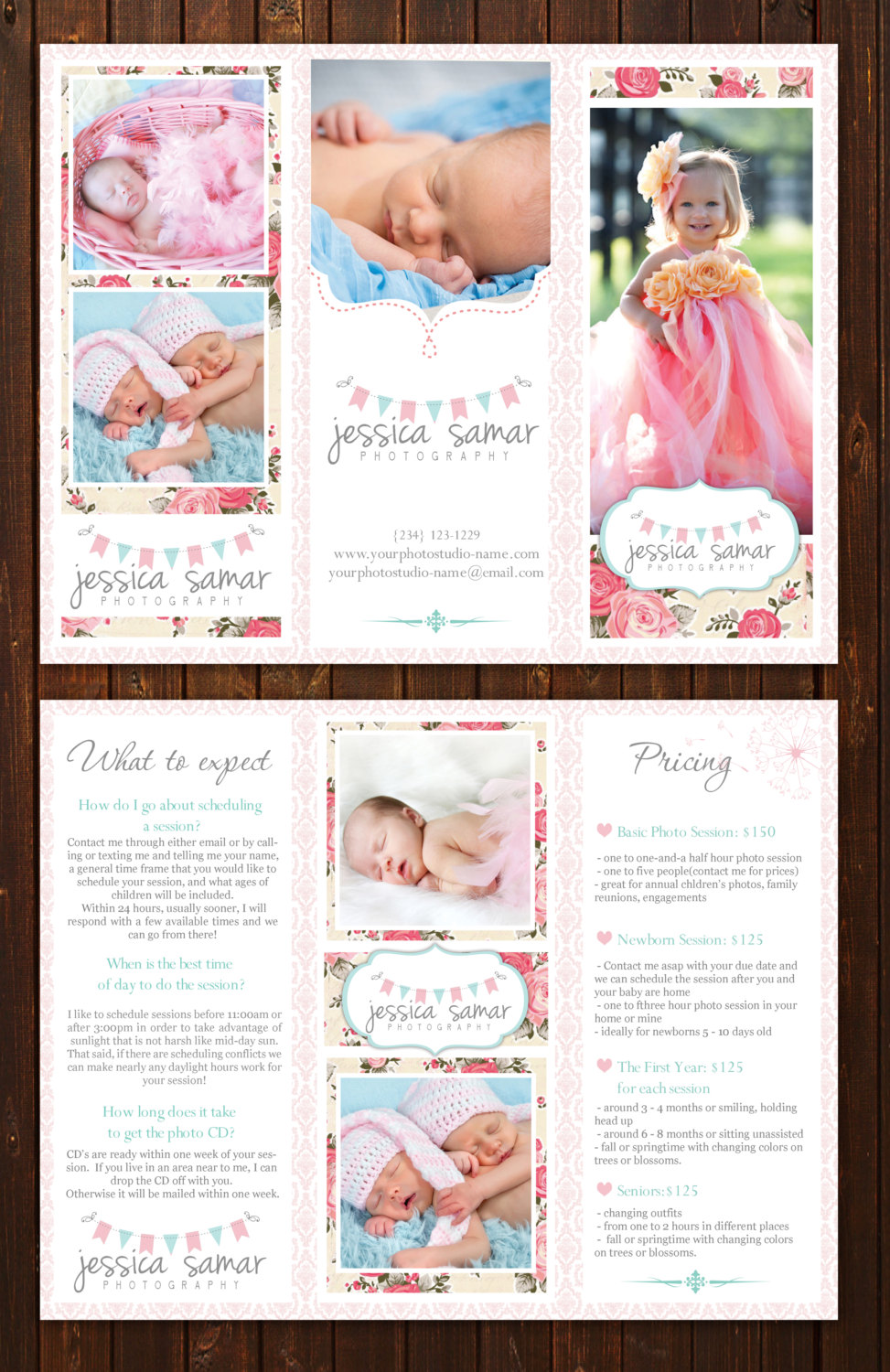
The Brochure Development Process (Made Easy)
In a company, the upper management is always the backbone when it comes to the functions of the whole company. They also serve as the foundation of the organization. There are certain things and decisions that must be left on their authority, for example in marketing, which includes the decision on what type of promotional material they will use for the advertisement of their products and services. However, there are a lot of instances that these people do not know where and how to start the promotional material or do not have the time to brainstorm for novel ideas.
To help you get through with this, you must know the process on how to create your brochure and what are the necessary preparations that you might need.
1. Planning
Creating a brochure takes time and resources. So, you must plan ahead so you would not waste those importance resources. Without a proper plan, you might end up running in circles and you do not know how to start or implement your ideas for your creative brochures.
In planning, you must also consider the timeline or the simple schedule to have a target deadline for your outline. Deadlines will help you get focused on what to do first, what to do next, and so on. Beating deadlines will also enhance your skills in completing tasks. Completing tasks on time means that you have the discipline to follow your scheduled task.
You must also take note that in the process of creating brochure, this includes writing, designing, and printing. Below is the suggested schedule of each of the stages in brochure development.
- Writing (3-7 days). The content of your brochure must be well thought of and with a certain purpose. Writing the content is not an easy task; hence, if you feel like you are not appropriate for the job, you must hire a copywriter to do the task for you. Having a good and error-free content can enhance the credibility and professionalism of your brochure. Thus, this will really take time, and alloting 3 to 7 days is enough to complete a well-written brochure. You may also see examples of company brochure.
- Designing (7-14 days). The next process for the creation of brochure, the longest among the three, is the designing of the brochure. Designing a brochure is not easy since you have to consider a lot of things such as typography, color, font, graphics, layout, and many others. It is not advisable that you only have one designer for your brochure because one’s preference might not be the same with the other’s designer. Hence, you must accept different suggestions and designs from different artists to have a variation in your design. However, you must quickly decide on the final design of your brochure or else you will not stay on track of your standard schedule.
- Printing (3-5 days). You might be thinking that the printing process will only take hours, but the recommended time of the completion is 3 to 7 days. Why is this so? This is to allot an extra time for revisions and reprinting. Also, if you have more than a hundred copies needed to be printed, it is not expected that a single printer can do the task in just one full day, hence the extra number of days. You may also like real estate brochure designs & examples.
All in all, the whole process will take almost a month to complete. In your schedule, you must allocate a full month for the creation of your brochure in case of delay to some areas and processes. But if the brochures will be completed earlier, then great! The remaining days will still be used for advertising and disseminating the brochure. You may also check out advertising brochure examples.
2. Deciding the Purpose
There is no such thing as “one size fits all” when it comes to the purpose of your brochure. Truly, you cannot please everyone for a single brochure. You must know what you want to achieve, so you will have a clear destination on your brochure. Here are some of the guide questions that can be used to decide on the purpose of your brochure. Take note that you cannot create a brochure that can satisfy all of those questions; just choose the most probable purpose of your brochure or, at most, the top three. You may also see examples of bi-fold brochure design.
- Do I want to achieve additional sales by informing potential customers about the full range of my products and services?
- Do I want my target market to be educated about my cutting edge technology?
- Do I want people to have a change on brand loyalty to my company through a subtle persuasion?
- Do I want to promote my overstocked products?
- Do I want to inform people that you are up for a challenge and competition with other companies offering similar products?
- Do I want my brochure to work and serve as a tool that will help in closing deals from potential clients?
3. Choosing Your Target Market
If you want to be successful in increasing the sales of your products and services, you must not offer them just to everyone you encounter. Your products and services is not suitable for everybody; there are just certain groups of people that is fitting for your products and services, those that need them in their daily lives whether it may be necessity or an affordable luxury. Hence, you must understood very well what is the role and purpose of your products and who might be the people who needing it as of the moment. To help you segregate who is your target market, you may base on this market segmentation:
- Geographic. This means that your target market is based on the similarity of their addresses, location, or climate.
- Demographic. Your target market is based on the age range, gender, wage, career, or education.
- Psychographic. You are tailoring your product to meet the needs of the people based on their attitudes, religion, lifestyles, and values of your target market.
There are two things that you can do to have a product that will perfectly suit your target market. Firstly, you can create a product of your preference or in line with what you are good at or your passion and then search for a group of people whom you think might need what you are producing. The second one is searching for a group of people, preferably near your area of business, know what they are currently needing or what is in demand, search for those products, and sell it to them. In this way, you will be certain that your products and services is suitable for your target market. You may also like medical brochure examples.
Once you determine you market, you can tailor your products and services, as well as your brochures, for them. You will design it in such a way that it seems that you have a conversation with them and that you are speaking directly and specifically towards them and not for the general public. You may also check out sales promotion brochures.
4. Developing Your Budget
Money is what fuels a company in its daily operations. Because of this, you must have a good budgeting for your projects and other expenses. Developing a budget is part of the preliminary preparation in the creation of your brochure. It must be documented, with tasks, responsibilities, assignments, and deadlines clearly stated. Without a budget, you might end up spending more than the benefit you will receive from those projects. You may also see travel brochure designs & examples.
You also need a budget in order to compare it to the actual expenses so you will know the variance between them. In that way, you will know what areas consumes the greatest amount in the budget and decide on what to do to lessen them. You will also know in which area you can cut down or lower your budget. In choosing for the materials for your project, if you have a budget, you will clearly choose the one that fits your budget or those that do not go beyond your budget. The budget serves as a ceiling for your expenses. You may also like event brochure designs & examples.
So, to have a close monitor of your expenses over your income, you must consider the steps in developing a good budget process which are as follows:
- Put them into writing. This is one of the common mistakes that most companies incur. They do have a budget but it is not written down. Writing down your budget creates a measurement tool which you can monitor your progress. You may also create a simple checklist to ensure that thoroughness in the process.
- Decide who should be involved. Usually, the executive director and program director are involved in the budget process, but departmental staff members also have the responsibility in creating those budgets. The finance committee members can review and vet the proposed draft of the budget. The budget will then be sent to the project officer, the one involved in the project of creating your brochure. You may check out examples of education brochure design.
- Ensure a sync in your budget line items and accounting line items.You must check if the line items in your budgeted financial statement is the same with the line items in your actual financial statement. The numbers are not necessarily be the same because budgets and actuals are normally not the same. With this, you can specifically track your expenses. In a separate sheet, you may include the details for the budget of your project.
- Adopt policies. You must also see if your budget is in accordance with the policies in your company or if it adheres to budgets, handling variances, and approval authority. Especially in large entities, the budget must be approved by the proper authority before it is being released. You might be interested in examples of service brochures.
Business Tri-fold Two Sided Brochure Example

Elegant Photography Tri-fold Brochure Template Example
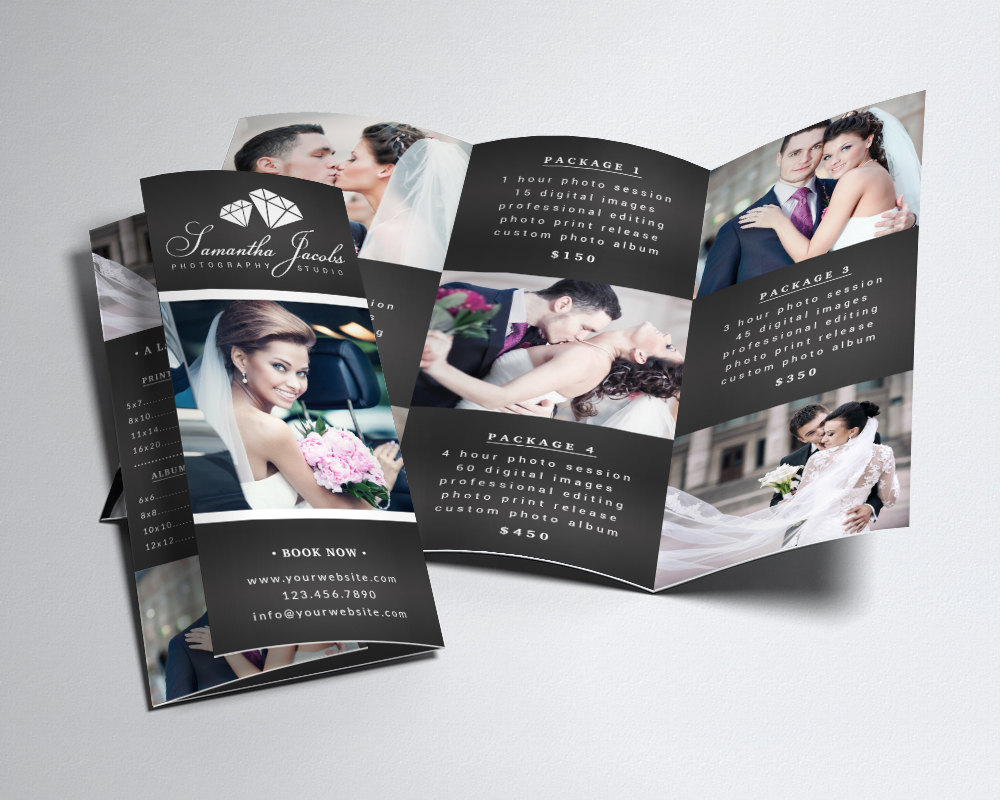
Customizable Business Tri-fold Brochure Example
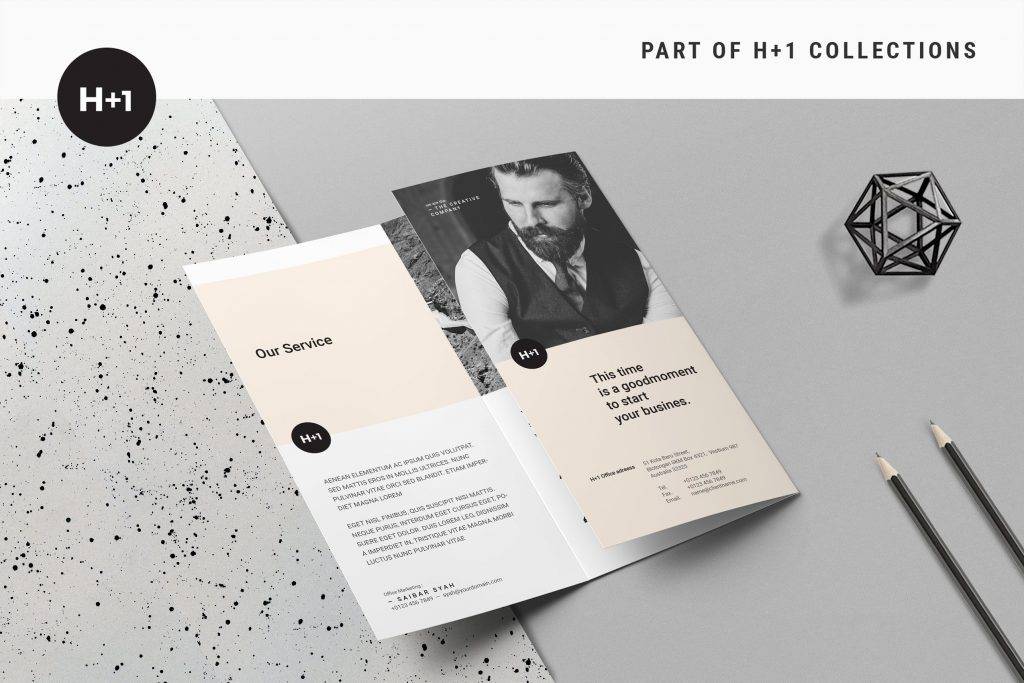
Downloadable Business Tri-fold Brochure Example

Square Tri-fold Business Brochure Example
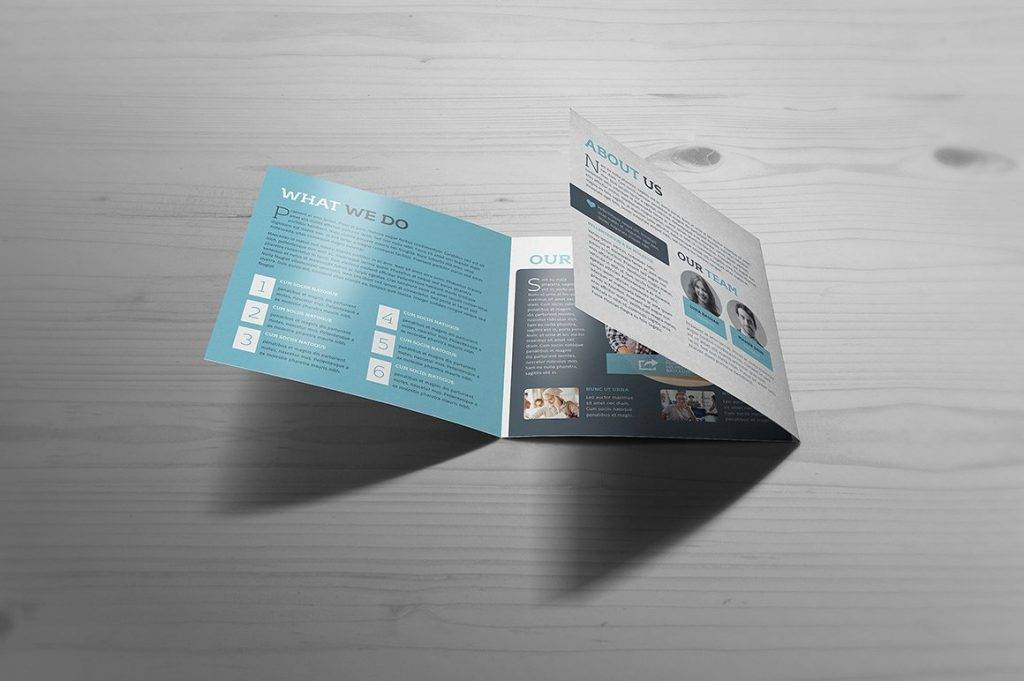
Clean Corporate Business Tri-Fold Brochure Template Example
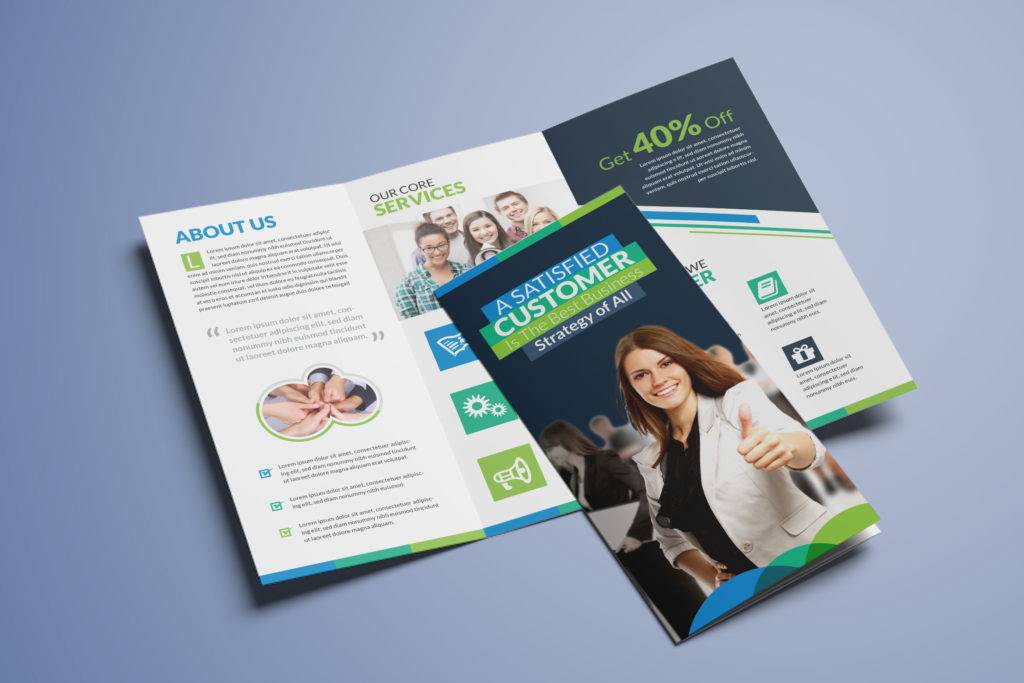
Gstudio Business Tri-fold Brochure Example
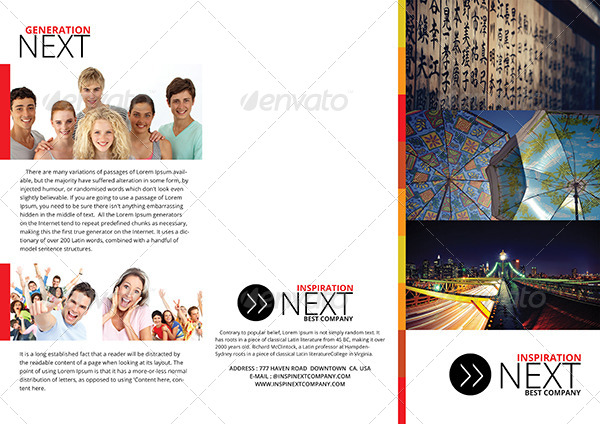
Large Tri-fold Brochure Mock-Up Example
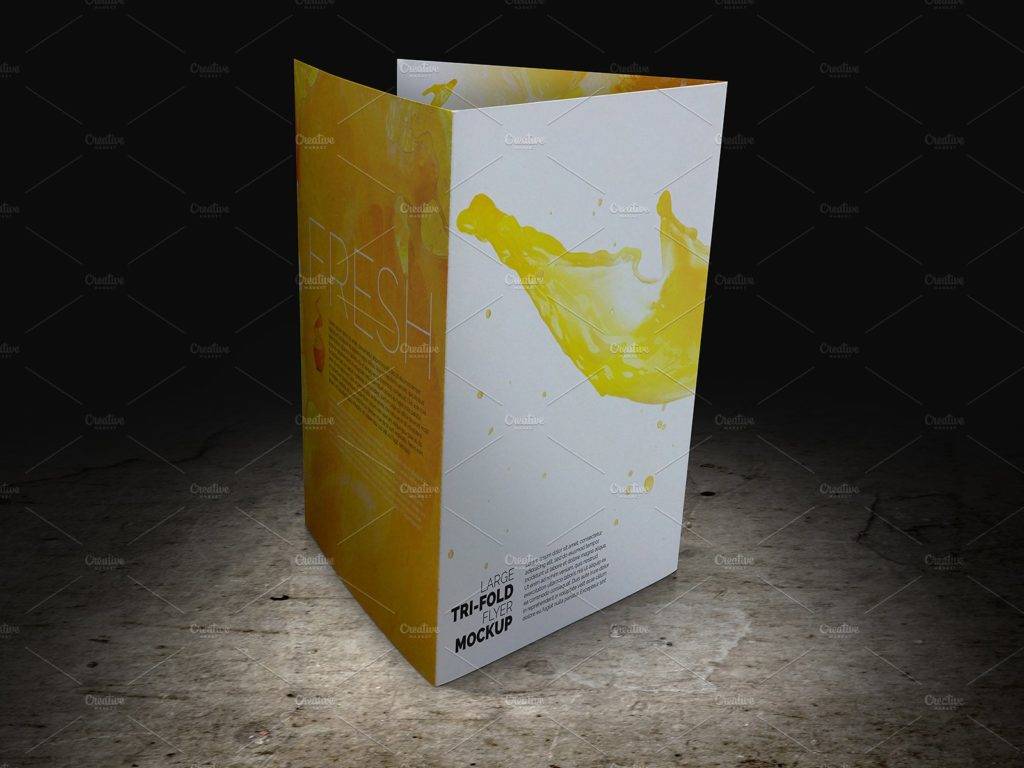
Simple Photography Tri-fold Brochure Template Example

Business Square Tri-fold Brochure Example
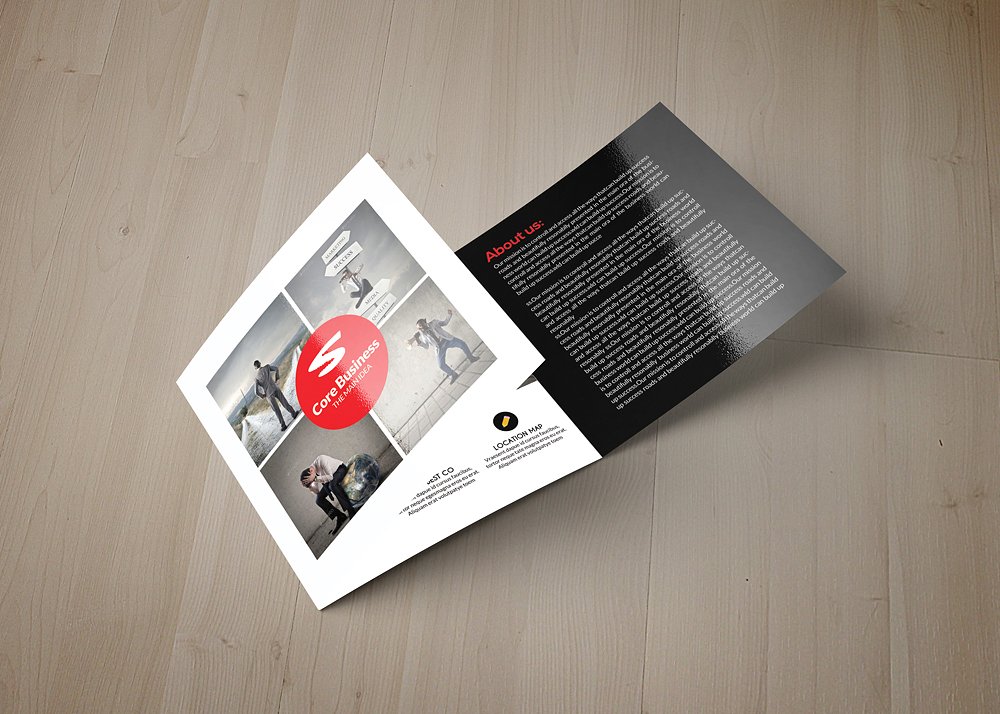
Quick Recap
You have stumbled upon this article, which means that you are looking for something related to brochures. You already know that it is important that a company must have them, along with other marketing materials, in order to fully maximize your advertisement to your target market. You may also see fitness brochure designs & examples.
You also know that there is a simple way in creating a successful brochure. The creation of brochure, or the brochure development process, involves the following: planning, which consists of planning on the time schedule of your writing, designing, and printing; deciding the purpose of your brochure; choosing your target market which can be segmented into three: geographic segmentation, demographic segmentation, and psychographic segmentation; and lastly, developing your budget.
Now that you have read well the details of each one of them above, you are now equipped with the knowledge needed to start making a brochure for your company. Or, you may choose on the different designs above for examples of business trifold brochures. You may also like indesign brochure examples.


